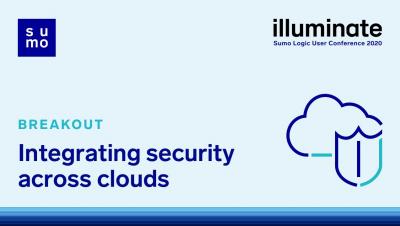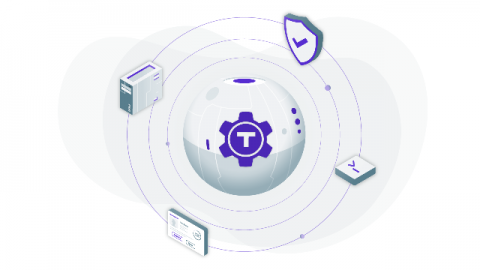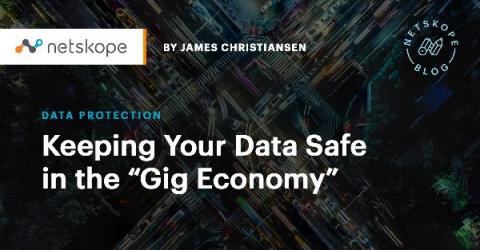Security | Threat Detection | Cyberattacks | DevSecOps | Compliance
Cloud
Building Proficiencies to Discuss Security with the Board
Today, cybersecurity, risk, and data protection are issues that are on upper management’s radar. Seeking to minimize the potential for business disruption, board members are getting more involved with the organization’s security program. Recent surveys indicate that 65% of companies are recruiting board members who are knowledgeable about security issues.
The Pitfalls of Language Runtimes and Multi-tenant Services
Modern languages like Python, NodeJS, and Go make it easy to handle concurrent requests for multiple customers at the same time by using threads or goroutines. Such services seem very cost effective because one process can handle hundreds or thousands of tenants. However, this efficiency comes at a hidden, steep price. When language runtime scheduling breaks down, one tenant can cause an outage for everyone.
Integrating Security Across Clouds
Cloud security series: Key controls to help enhance cloud security
Introducing Teleport Cloud
This blog post marks an important milestone for us! Just four years ago, as we grew frustrated with the state of SSH server access, Teleport was born. Eventually it grew way bigger than just SSH access, as our users want to use the same access workflow for all layers of their stacks. And today we’re announcing another way to use Teleport: as a hosted offering. Let’s dig deeper!
Cloud Computing Security Tools: Choosing the Right Solutions
No matter where you host your data, there are always risks. The public cloud is no exception. While providers like Amazon, Microsoft and Google offer security features, ultimately, cloud security is your responsibility. Where do you start? This article explains the key elements of a strong security posture in the cloud and how to choose the right security software solutions for your organization.
Keeping Your Data Safe in the "Gig Economy"
As workforces continue to evolve and adapt to the COVID-19 pandemic, the door is open for organizations to hire workers from anywhere around the country to offer their skills remotely as needed, often as a freelancer or gig worker. While this outgrowth of the burgeoning gig economy stands to benefit many businesses in need, it’s important that you assess your risk of utilizing gig workers and freelancers.
Emerging Public Cloud Security Challenges in 2020 and Beyond
According to last year’s Gartner forecast, public cloud services are anticipated to grow to $USD 266.4 billion by the end of this year, up from $USD 227.8 billion just a year ago. Clearly, cloud computing is making its way to cloud nine, (See what I did there?) leveraging the sweet fruits of being in the spotlight for a decade. However, the threats to public cloud security are growing at the same rate.
Here Comes 2021: 5 Safe Bets and 5 Long Shot Predictions
As we learned in 2020, vendors predict, and the universe laughs. But this year we polled our experts at Netskope to get their view of the year to come. Here’s how we see 2021 shaping up for networking and security, in the form of some pretty safe bets, and some harder calls. As more organizations consolidate and move away from appliance-based security technologies, IT and security teams will realize the cost savings and operational efficiencies the move to cloud brings.











